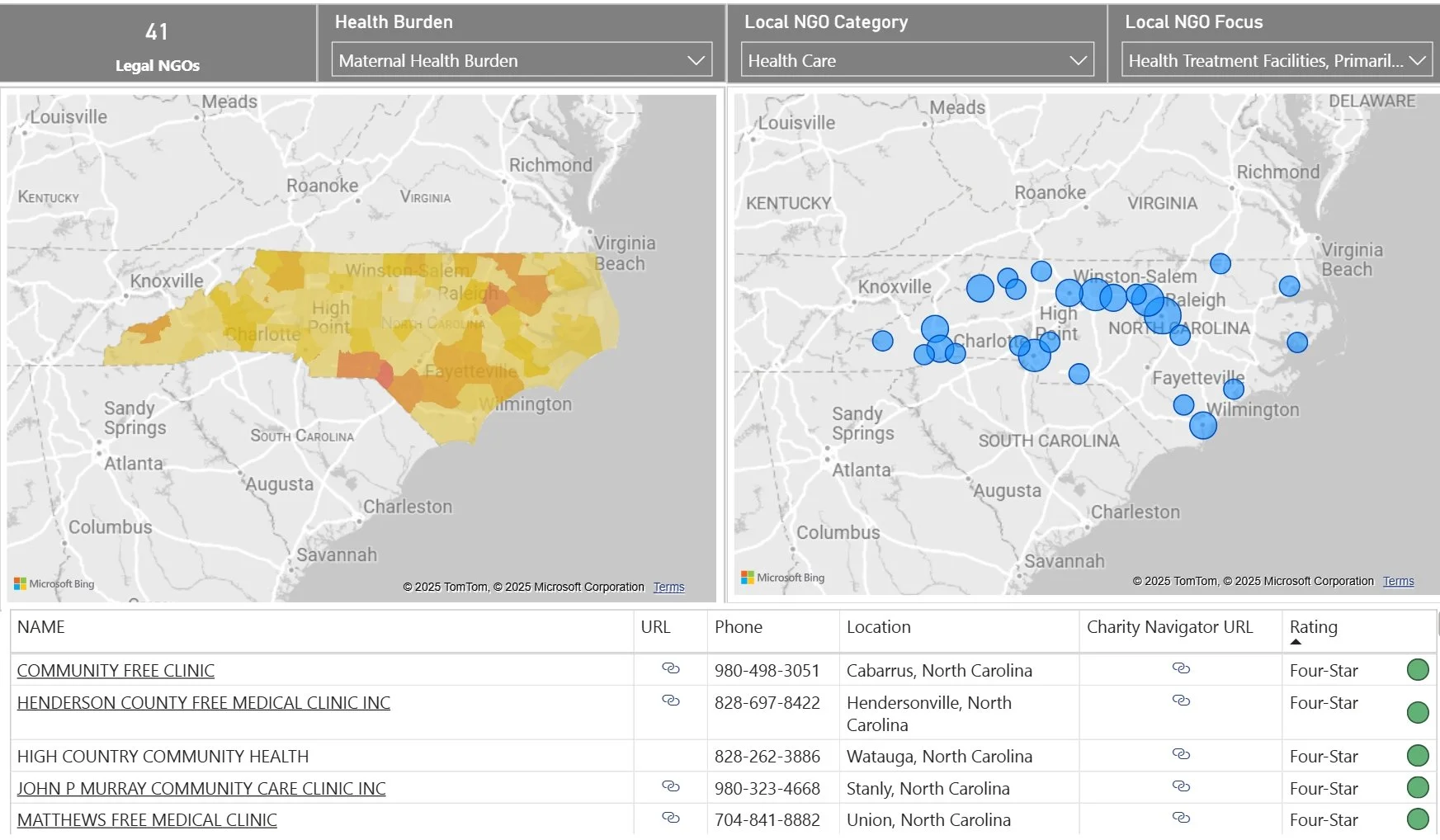Explore Our Free Interactive Dashboards
-
![]()
The Silent Shift: Africa and Eastern Mediterranean Bear Growing Share of Neonatal Deaths
The data shows that while the global percentage of neonatal deaths (0-28 days) has steadily decreased across most WHO regions since 2000, Africa and the Eastern Mediterranean are experiencing an increasing share of the burden. Regions like Europe, South-East Asia, and the Western Pacific have seen significant reductions, yet Africa and the Eastern Mediterranean regions now account for a growing proportion of neonatal deaths. This trend suggests that despite global progress, disparities in neonatal mortality are widening, with certain regions facing greater challenges in improving newborn survival.
-
![]()
Bridging Data Gaps: Applying Developed Country Insights to Developing Nations' Health Challenges
A major challenge in developing countries is the lack of sufficient health outcome data, which makes it difficult to implement effective health interventions. One way to address this is by using data from developed countries as a proxy, analyzing successful health strategies and outcomes. This can offer valuable insights into what may work in low-resource settings. However, it’s crucial to adapt these strategies to the unique social, economic, and healthcare conditions of each developing country, ensuring that interventions are contextually appropriate and capable of addressing local health needs.
-
![]()
Maternal Mortality Ratio
This analysis evaluates country-level progress toward the Sustainable Development Goal (SDG) target of reducing maternal mortality to fewer than 70 deaths per 100,000 live births by 2030. It highlights which countries are currently meeting the goal, and tracks changes in MMR between 2018 and 2023. The dashboard integrates spending data to explore the relationship between investment levels and outcomes, helping identify where funding is yielding results and where strategic shifts may be needed.
-
![]()
NGOs in Action: Connecting Communities to Life-Saving Resources
This project creates a centralized, interactive map of nonprofit and support organizations across the United States that provide services related to maternal and child health. By integrating open data with health indicators such as maternal mortality rates, provider shortages, and poverty levels, the platform highlights where critical gaps exist—and where support is available. The goal is to empower families, healthcare leaders, and community advocates with a tool that improves access to care, especially for underserved and high-need populations.




